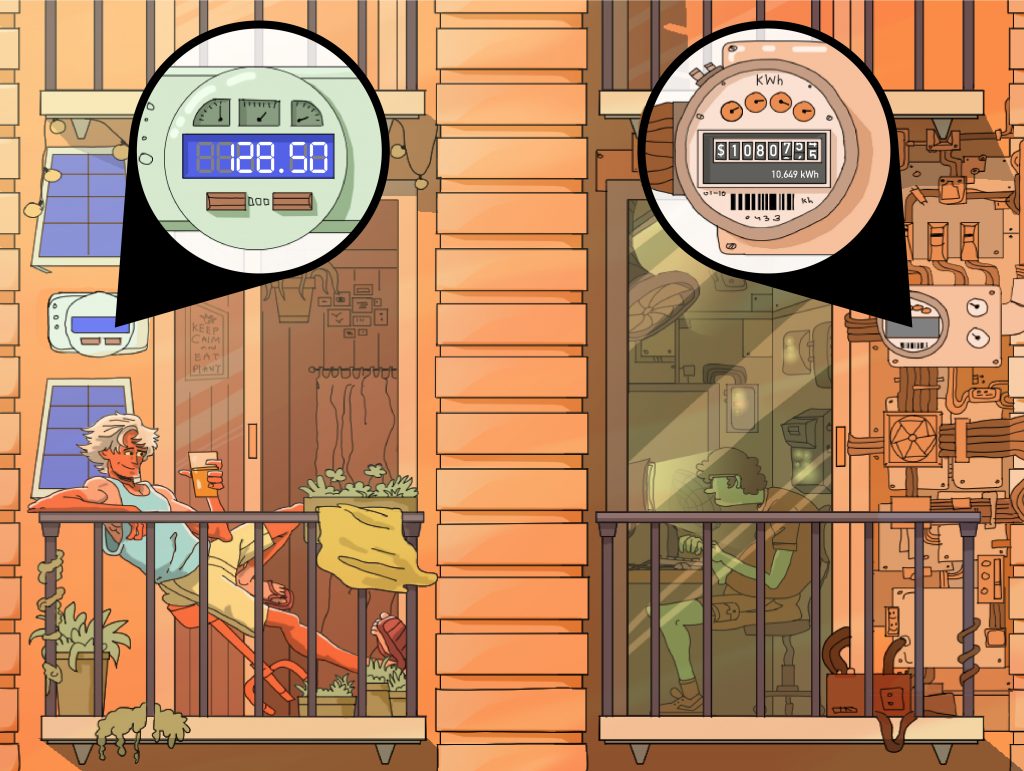Shifting costs: Rate plan would target consumers who strain power grid

Many drivers use tollways to get from point A to point B because they are a faster and more convenient option. The fees associated with these roadways are higher during peak traffic hours of the day, such as during the commute to and from work. With this structure, drivers who are not adding to the heavy flow of traffic do not have to pay higher toll prices. However, those who utilize the toll road during more congested hours pay a premium to use the faster, more convenient highways.
Similarly, not everyone uses the same amount of electricity throughout the day. There are peak load hours that put more strain on the grid, and there are users within those times who use more electricity while there are those who conserve.
Le Xie, professor in the Department of Electrical and Computer Engineering and assistant director-energy digitization of the Energy Institute at Texas A&M University, together with co-authors Athindra Venkatraman and Anupam Thatte, is proposing a user-impact tailored rate plan for utility companies to employ that is similar to toll roads.
His rate plan will benefit individuals who use less power or utilize solar power to offset some of the strain on the distribution power grid, while those who use an excess of power from the electrical grid during peak times will cover more of the delivery cost.
In a typical monthly utility bill, users can see how much energy is used over that month and the kilowatt-hour rate, which is then multiplied together to determine the payment due. Through this project, Xie aims to provide new options for modernizing the power delivery rate structure for the utility industry through a data-driven approach.
This research was published in the June issue of the journal Utilities Policy.

